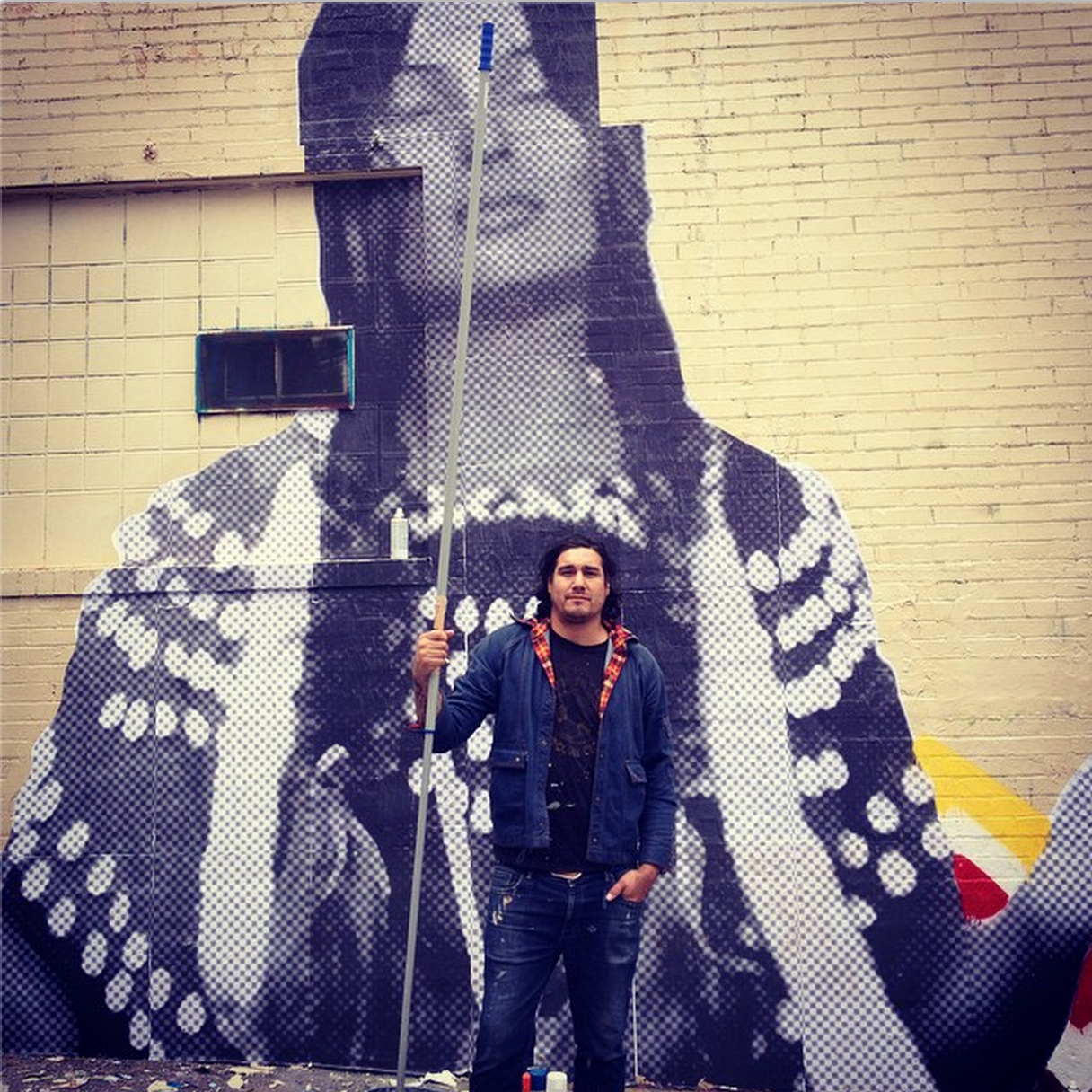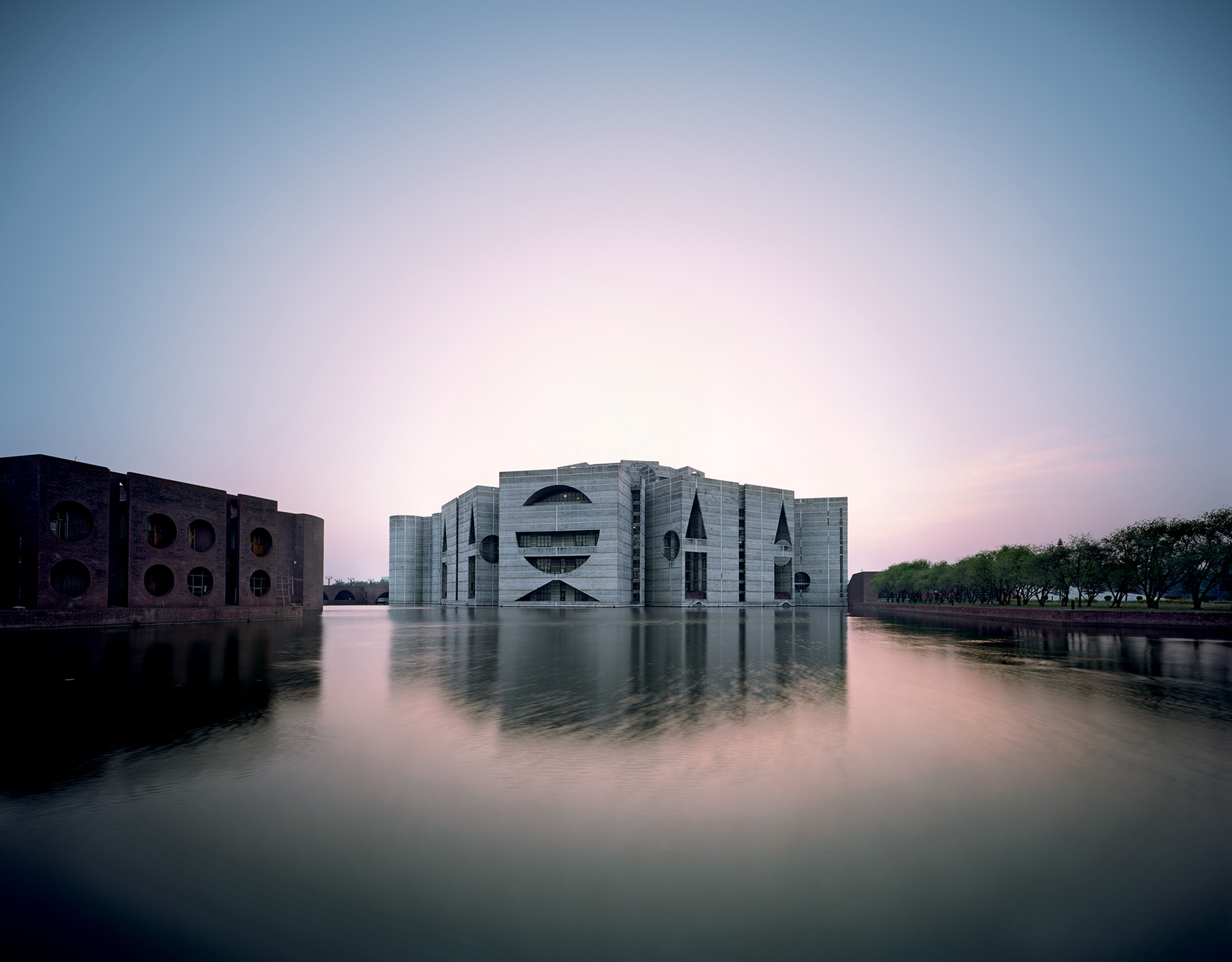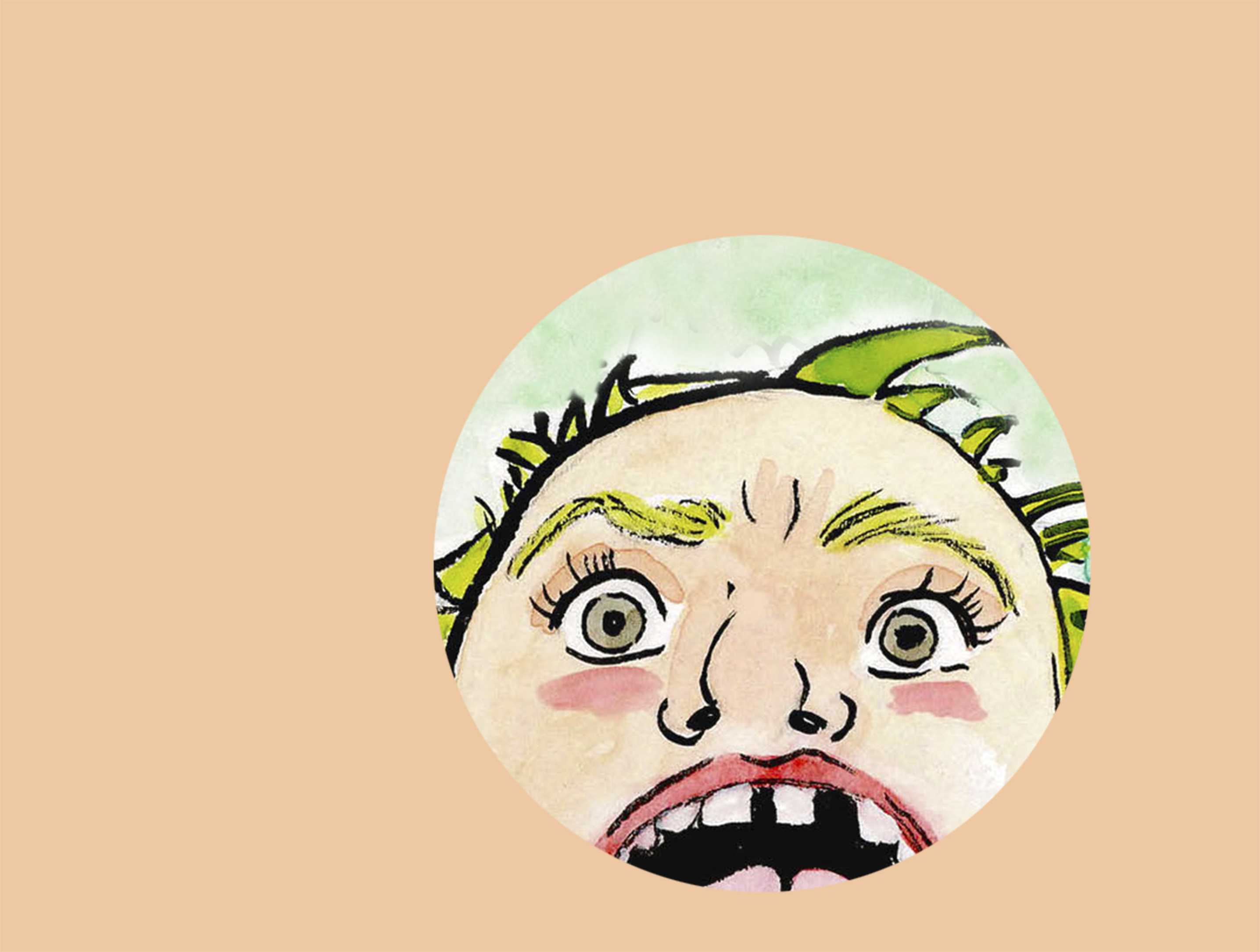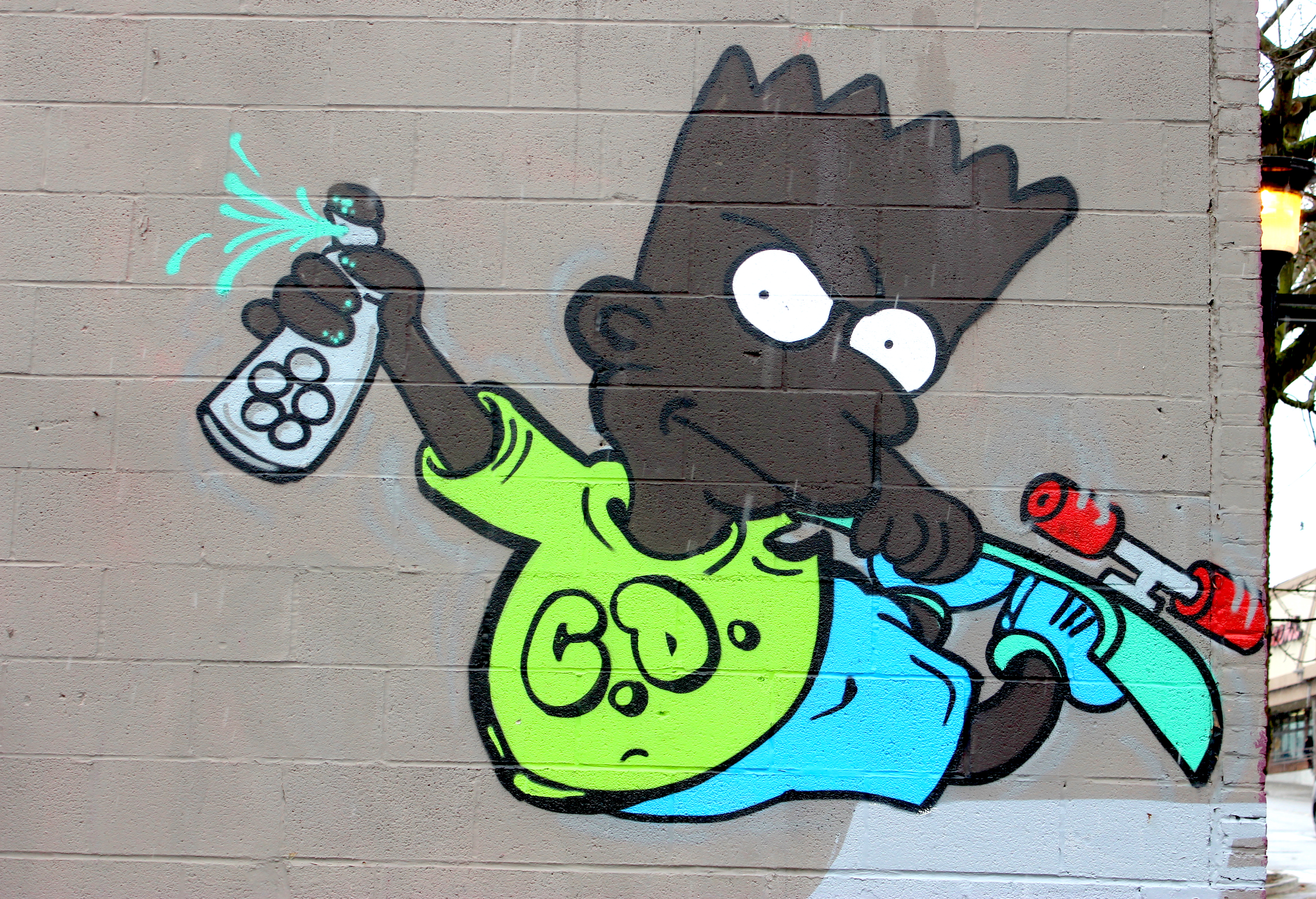Seattle’s Cheyenne Randall and Santa Fe’s Jaque Fragua flew into Rapid City, SD last Sunday and set upon an impromptu mural in the city’s “Art Alley” they ended up finishing in one night. The next day, it had already gone viral online, racking up thousands of likes and shares on social media networks.
“I think it’s just such a powerful piece,” Randall told the Seattle Weekly, “both Jaque and I are really passionate about our culture. I think people are really drawn to Native issues, and that is such a big part of Honor the Treaties—doing that through art.”
Honor the Treaties, a group Randall and Fragua are both a part of, is “dedicated to amplifying the voices of Indigenous communities through art and advocacy[…] by funding collaborations between Native artists and Native advocacy groups so that their messages can reach a wider audience.”
Honor the Treaties was started by Seattle based National Geographic photographer Aaron Huey after spending seven years on the Pine Ridge Reservation in South Dakota. Huey collaborated with Shepard Fairey of OBEY and Obama HOPE fame to design the first guerilla postering campaign for the organization, which you may have seen around Seattle:
The organization now encompasses a roster of Native artists around the country who have been recruited to create art that explores Native issues close to them personally.
“In today’s world, it’s cool when an image is striking enough to get in people’s faces and get them to take a look at deeper issues. It’s just really a chance to lend a voice and reach an audience that wouldn’t normally be exposed to the drama and issues going on in Indian country,” Randall says, “one of which is the occupation of the Black Hills (of South Dakota).”
Randall grew up in Minneapolis and was “really close” to the Lakota culture of his family until he moved to Seattle at the age of 10. After the move, he says he lost touch with that culture, creating “a void in my spiritual growth” that he didn’t fill until much later, when he decided to give back to his community through art. Although he doesn’t call himself an activist, Randall’s art tackles the unjust state of his cultural homeland head on.
“Going all the way back to the Fort Laramie Treaty, it basically states that the Black Hills were going to be given back to the Native Americans—one of the most sacred spots for the Sioux Tribe, of which I’m a member, and the Lakota people. Long story short, the Black Hills were never returned, and that’s the issue I focus on.”
The mural itself addresses a two-prong issue Randall sees in his cultural home of South Dakota, first of which is the effect of the area’s environmental degradation on its population.
“I’m concerned about the Black Hills because there’s a lot of open uranium mines in and around the Black Hills, and they’re contaminating and desolating Indian fresh water and fishing resources,” Randall says.
“PROTECT THE SACRED” the striking phrase that sits in the center of the piece, has become something of a guiding “hashtag” in Native environmental movements. It’s one of the banner phrases of the local Nawt-Sa-Maat Alliance as well, a new coalition of Coast Salish and non-Native envrionmentalists working together to protect the Salish Sea from fossil fuel corporations.
The second issue Randall hoped to confront was the importance of honor, evoked in the mural in a declarative sentence—”HONOR OUR WOMEN & CHILDREN & CULTURE.”
“One of the things that’s huge for us just in the Native community in general is violence against women, missing women, and rapes. So much of it is never really investigated by the police,” Randall says. “This was just us voicing that we need to protect our women and children. Native children are getting adopted off the reservations when things happen in the families, and they completely lose touch with their cultures and identity which creates a lot of problems down the line.”
See more of Cheyenne’s work here.








